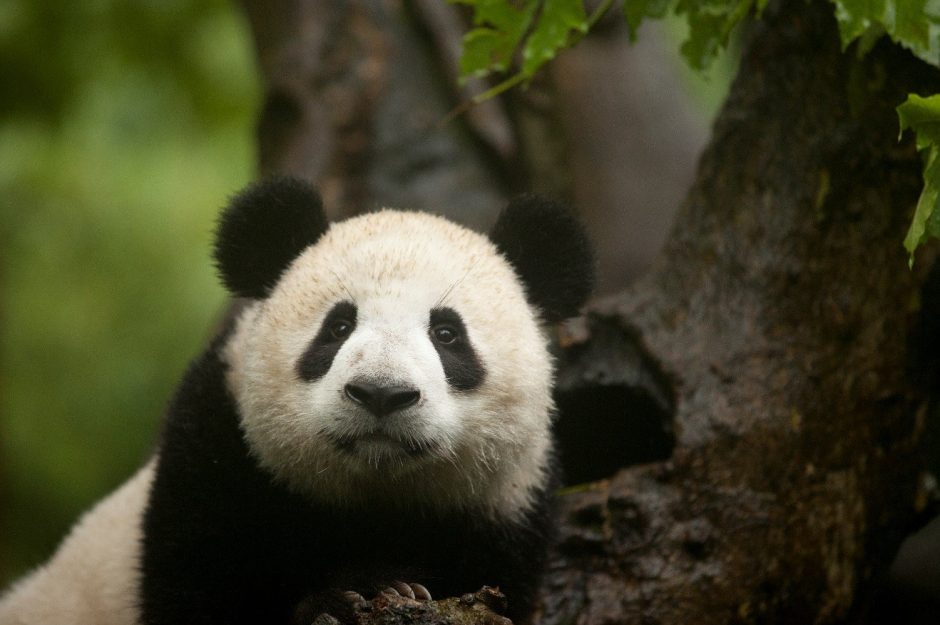
Getting this Shot: Panda Closeup
Pandas represent many things to many people. They’re an icon and national symbol for China’s 1.3 billion people, and are loved across the world as a beacon of conservation. They’re also very photogenic! Whether you’re headed to China to photograph one for yourself, or even to a place such as the San Diego Zoo where you can photograph them in captivity, follow these tips and you’ll get the shot.
- First, you need to locate a Panda! Easier said than done, as they have low population numbers in the wild (but thankfully are increasing!). Nevertheless, they are shy and have limited range. Hence, planning on photographing them in their natural habitat usually comes from a breeding or research facility where they are free to roam in bamboo forests monitored and maintained by conservation officials.
- Once you’re “on location”, you need to begin to set up your shot. Since the star of the show is no doubt your Panda, you need very little else to complement your shot. However, the background is essential. This is especially true if they are at a conservation facility where you may get glimpses of workers or unnatural features. Position yourself to only get the forested background to make the photo really pop.
- Your camera settings will depend on your preferences, but generally speaking I adhere to the same wildlife photo principles as with other animals. A low aperture number provides the nice background blur and your ISO should enable you a reasonably fast shutterspeed (something around 1/200th of a second is a good starting point, changing as necessary based on the movement of the animal). Remember, the lower the ISO the better, but not at the cost of a blurred photo.
- Lighting is key in the above photo, and I set the exposure to 2/3s of a stop darker to reflect the conditions of the day. It was a dark, misty, overcast, and rainy day, and reducing the exposure helps reflect that.
- Composition is ultra important, as it’s about the only thing that will differentiate the photo. Where is the bear? Are there any leading lines you can make work for you? Are you adhering to the rule of thirds? If so, why? If not, why? If you are only able to photograph the panda for a split second, which is usually the case if you are lucky enough to see a wild panda, zoom out a little so that you can crop the photo later on your computer to get the composition you want. If you zoom in too far, you won’t have any wiggle room if you don’t quite nail the composition.
With these tips, we wish you happy shooting, and let us know if you have any other tips or tricks you’d like to share!
Go forth and give it a shot,
Leave a reply